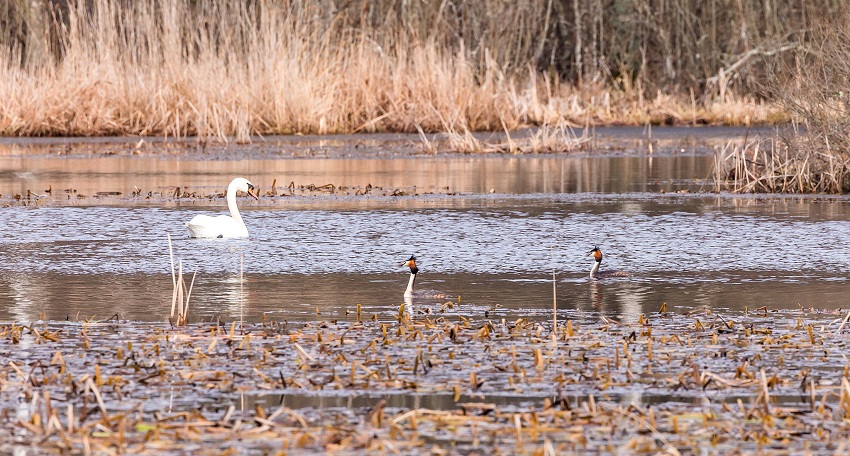The aim of the AEWA is to protect migratory waterbirds and their habitats throughout the migratory range

The Agreement on the Conservation of African-Eurasian Migratory Waterbirds (AEWA) aims to provide international protection to migratory waterbirds and their habitats throughout the migratory area of the African-Eurasian migratory route of arctic waterbirds. The agreement is administered by the United Nations Environment Programme (UNEP). The agreement was adopted in The Hague in 1995 and opened for signature a year later. The agreement entered into force in 1999. By 2021, 82 countries have joined. Estonia acceded to the agreement in 2008. The agreement has grown out of the Convention on the Conservation of Migratory Species of Wild Animals; one of the means of organising the work under the convention is specific agreements to achieve specific goals.
The AEWA covers 255 migratory waterbird species. A strategic action plan has been drawn up to implement the agreement, i.e. to protect these species. It aims to strengthen the protection of migratory waterbirds and to reduce bird mortality during migration. The use of migratory waterbirds (e.g. hunting them) must be sustainable throughout the migratory route and the entire migratory route must be safe for the birds.
The action plan under the AEWA obliges the participating states, including Estonia, to put in place measures to protect migratory waterbirds. Particular attention must be paid to endangered species and species in a unfavourable protection status. For example, the use of lead shots in waterbird hunting was banned to comply with this agreement [1], as they fall to the bottom of water bodies and poison birds that feed on that water body. In addition, birds of prey that feed on birds wounded with the shots can get lead poisoning.
The participating states are required to report every three years on the implementation of the action plan. In Estonia, the Nature Conservation Department of the Ministry of the Environment is responsible for the implementation of and reporting on the AEWA.
Last modified: 11.01.2022
_____________________________